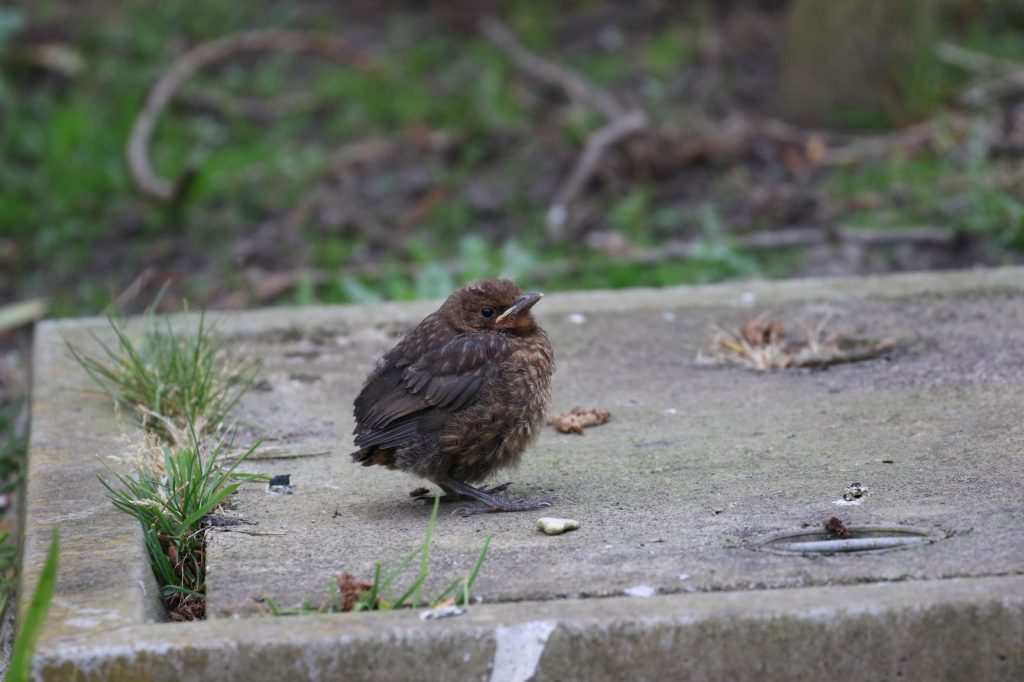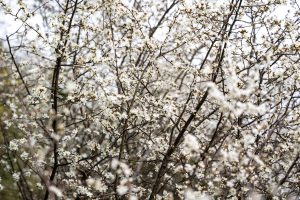Could the new decade start well for some of our garden birds?
Results of bird surveys carried out by BTO
volunteers has shown that in 2019 many bird species laid eggs a lot earlier
than in the past. It is thought that the warm weather in February probably
encouraged many birds to make an early start to the breeding season. The
abundance of food, in the form of insects, may well be the main influencing
factor in this.
The result of this, and what would seem to have been a successful 2018 breeding season, was an abundance of Blue, Great and Long-tailed Tits all of whom were breeding for the first time in 2019. The question is, of course, will 2020 be the same? With second breeding years birds being joined by last year's birds it's possible we could see good numbers of successful clutches. It will all depend on the weather which, if we look at the winter thus far, has been milder but wet.
But for all of the good news, there is, as you
might expect, some bad news too. Blackbird and Dunnock numbers were down on
previous years. The BTO's data showed the lowest number of these birds were
encountered by bird ringers for 40 years! Even the most popular wild bird, the
Robin, suffered as a result of a poor breeding season in 2018, with numbers
down on previous years.
Of the migratory species, the Chiffchaff and
Blackcap returned from their migration to Europe and North Africa in good
numbers in 2019 with the latter posting its best results since 1983 when
monitoring began. Sadly the same could not be said of long-distance migrants
who didn't do at all well.
The question would seem to be, what will happen
this year, and it would all seem to be down to the weather. It is likely that
those species that did well over the last two breeding seasons may have a good
start. So far the winter has been reasonably mild, but it has also been wet, so
only time will tell if this impacts on the already depleted insect numbers.
Although we can, as individuals, make a change
to the global climate alone, we can all play our part by making our gardens
wildlife-friendly, as mentioned in a previous post. Feeding, both seed and live
food will also help species that struggled last season. And providing nesting
sites will also help to offset the loss of suitable nesting sites that impact
on most bird species.
2020 could also be the year to start to record
the numbers of birds using your garden as a feeding station or a nesting site.
Essential data, like that used to produce this report, is only possible because
volunteers take time out to record what is happening in their area. So although
it might be a bit late for new years resolutions but it's never too late to
start supporting wildlife and taking note of what you see.
Fingers crossed we have a successful 2020 nesting season.
© Phil Pickin 2020



